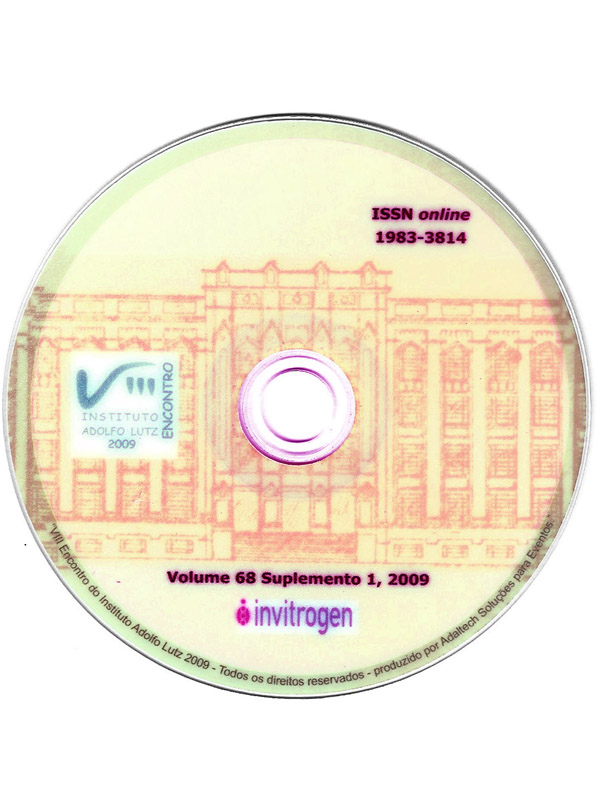Abstract
Rotavirus infections are the primary cause of severe gastroenteritis in young children and development of a rotavirus vaccine is a high priority. In this study we report the application of plaquing assay for viral titration of rotavirus strains used for the polyvalent vaccine produced in Brazil and the plaque reduction neutralization assay (PRN) for determining human rotavirus neutralizing-antibody titers that will be applied in clinical trials. For potency assay, virus suspensions were treated with 5 µg/mL of trypsin for 1 h at 37oC and plaque in African green monkey kidney cells (MA-104). Virus particles infecting and multiplying in the cells are localized by agar overlay and the virus from the initially infected cell to adjacent cells, producing circumscribed areas of degeneration called “plaques”. The titers of rotavirus strains were expressed in plaque-forming units (PFU/mL) and used to neutralization assay. For PRN assay paired human serum are inactivated at 56oC for 30 minutes and twofold dilutions were mixed with trypsin-treated virus (50 PFU/mL) per well. Antibody titers were estimated on 60% reduction of plaque count. The reciprocal of the serum dilution that reduced the average number of plaques in the duplicate wells by 60% was considered its titer. A seroresponse was defined as at least fourfold increase in antibody titer between paired pre- and post-immune sera. Our results demonstrated seroconversion for G1 and G9 antigens from two distinct patients, identified as rotavirus genotype G1 and G9 by PCR. All subjects have been infected with rotavirus before, as based on the presence of rotavirus antibody to others serotypes but without significant increase in serum antibody. The classical plaque reduction neutralization assay (PRN) is laborious and time-consuming, but is the appropriate assay to estimate the virus-specific neutralizing antibody, as well as to establish the presence of each component viruses of the polyvalent vaccine.

This work is licensed under a Creative Commons Attribution 4.0 International License.
Copyright (c) 2009 A Cilli, SG Morillo, RL Paoli, NM Frazatti-Gallina, MCST Timenetsky
